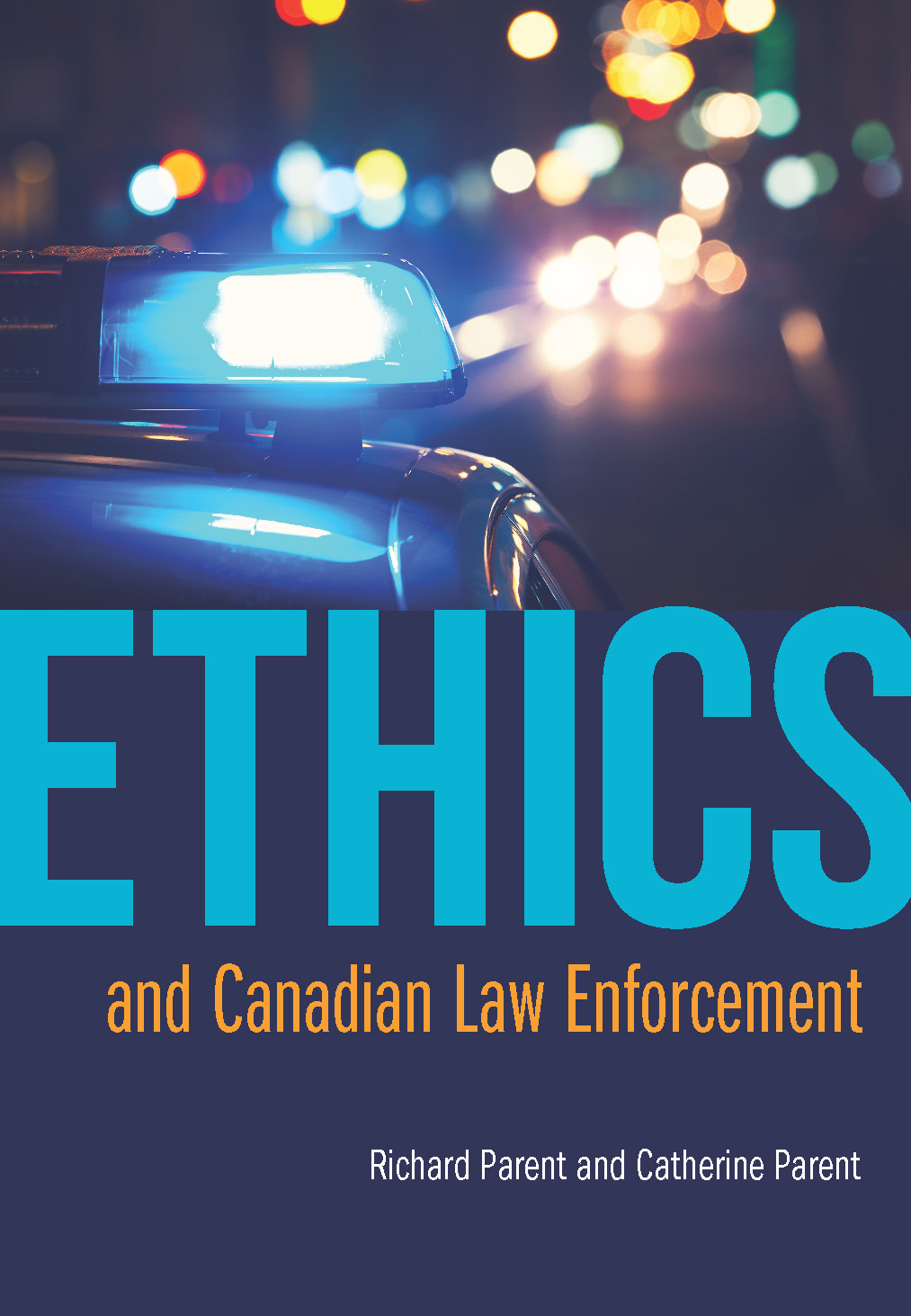Introduction
Chapter 1: Overview of Ethical and Professional Conduct in Canadian Law Enforcement
A Brief History of Law Enforcement
Ethics, Professionalism, and Legitimacy
Ethics and Law Enforcement by Private Security
Discretion, Power, and Public Service
An Overview of Morality and Contemporary Society
The Issues of Misconduct and Corruption
Responding to Ethical Concerns in Law Enforcement
Chapter Summary
Key Concepts
Links to Further Information
Self-Evaluation
References
Chapter 2: Morals, Ethics, Values, and Ethical Decision Making
Ethical Conduct and the Public
The Importance of Moral Conduct
The Importance of Morals, Ethics, and Values in Law Enforcement
Major Ethical Theories and Systems
Ethical Dilemmas in Law Enforcement
Tools for Resolving Ethical Dilemmas
Chapter Summary
Key Concepts
Links to Further Information
Self-Evaluation
References
Chapter 3: Core Values, Codes of Conduct, and Investigative Issues
Core Values of Law Enforcement
Codes of Conduct
Ethics and Investigative Issues
Chapter Summary
Key Concepts
Links to Further Information
Self-Evaluation
References
Chapter 4: The Ethical and Professional Law Enforcement Officer
New Recruits: Developing the Ethical and Professional Law Enforcement Officer
Promoting Diversity
Law Enforcement Training and Ethics
Chapter Summary
Key Concepts
Links to Further Information
Self-Evaluation
References
Chapter 5: The Law Enforcement Environment: On- and Off-Duty Challenges
Occupational Subculture and the Law Enforcement Officer
On- and Off-Duty Challenges
Issues Specific to the Law Enforcement Environment
Chapter Summary
Key Concepts
Links to Further Information
Self-Evaluation
References
Chapter 6: Decision Making and the Use of Force
Law Enforcement and the Use of Force
Use of Force: Models and Frameworks
The Process of Decision Making and the Use of Force
Firearms and the Use of Deadly Force by Law Enforcement in Canada
Public Scrutiny and Concerns of Trust
Research Surrounding the Use of Force by Law Enforcement
The Practice of Using Force by Law Enforcement
Similarities and Differences in the Use of Deadly Force
The Effect of Community Policing on Occupational Subculture
Decision Making and the Pursuit of Fleeing Motor Vehicles
Chapter Summary
Key Concepts
Links to Further Information
Self-Evaluation
References
Chapter 7: Accountability and Oversight
Accountability and Oversight in Canada
The Birth of Civilian Oversight
Professional Standards Units within Police Agencies
Commissions of Inquiry
Models of Investigation for Allegations of Misconduct
Investigating Police Shootings and Allegations of Serious Injury, Death, or Sexual Assault
Examples of Civilian Oversight bodies for Serious Allegations
The RCMP Complaint and Review Process for All Provinces and Territories
The Need for Further Accountability and Oversight
Chapter Summary
Key Concepts
Links to Further Information
Self-Evaluation
References
Chapter 8: Indigenous Peoples and Law Enforcement
Indigenous Communities and Law Enforcement
Indigenous Law Enforcement Initiatives across Canada
Autonomous Indigenous Police Agencies
Responding to Events on Indigenous Lands in Ontario
Indigenous Communities and Restorative Justice
Chapter Summary
Key Concepts
Links to Further Information
Self-Evaluation
References
Chapter 9: Correctional and Jail Services
Correctional Officers and the Process from Arrest to Jail Services
Profile of an Offender in Canada
Correctional Officer Duties and Responsibilities
At-Risk Populations in Correctional Facilities
Inside the Walls: Discretion, Respect, and Relationships
Public Notification
Chapter Summary
Key Concepts
Links to Further Information
Self-Evaluation
References
Chapter 10: Moving Forward: Fostering an Ethical and Professional Workplace
Investigating and Limiting Law Enforcement Misconduct
Organizational Culture: The Importance of Ethical Leadership
Oriented towards Customer Service
Chapter Summary
Key Concepts
Links to Further Information
Self-Evaluation
References
Afterword: Building Community Partnerships: Legitimacy, Trust, and Confidence
Index
